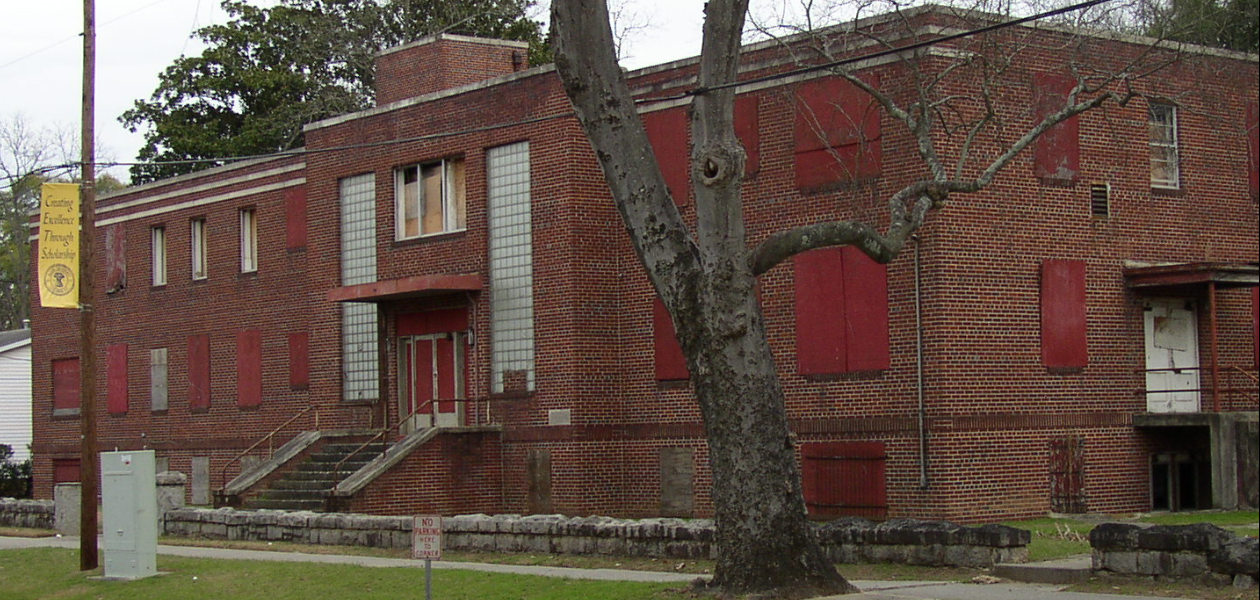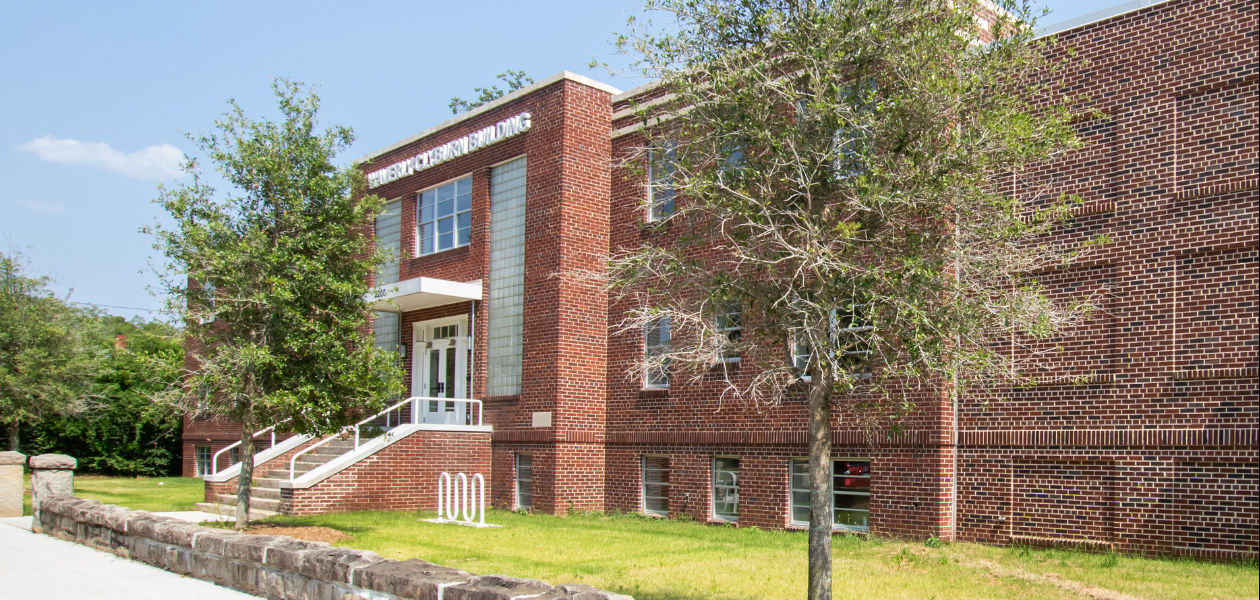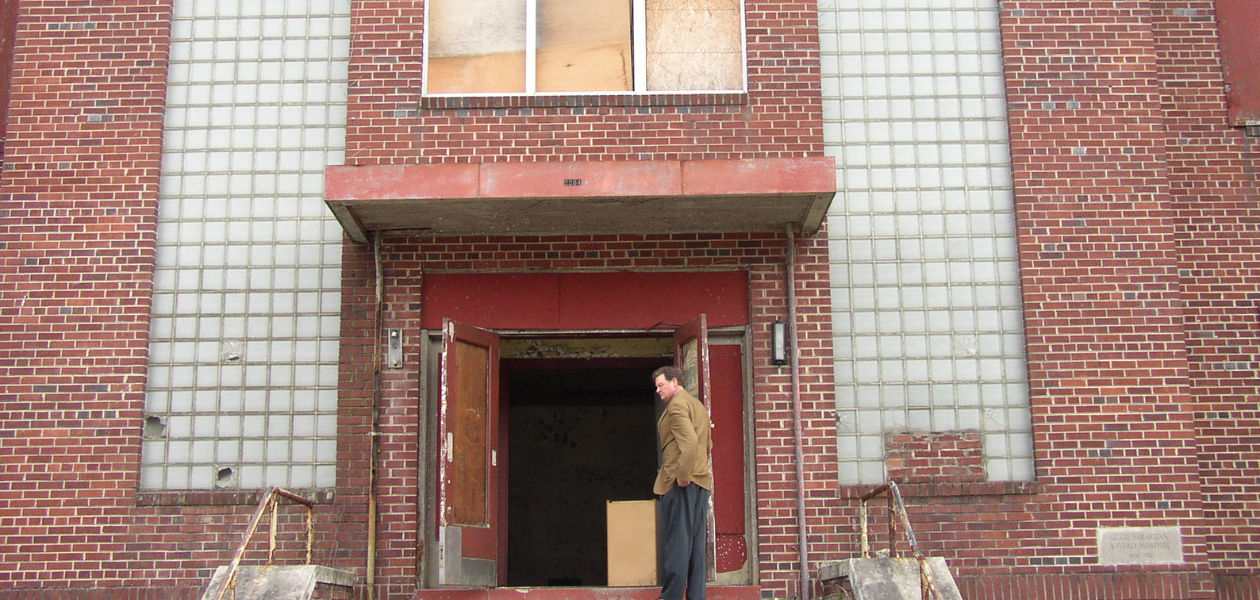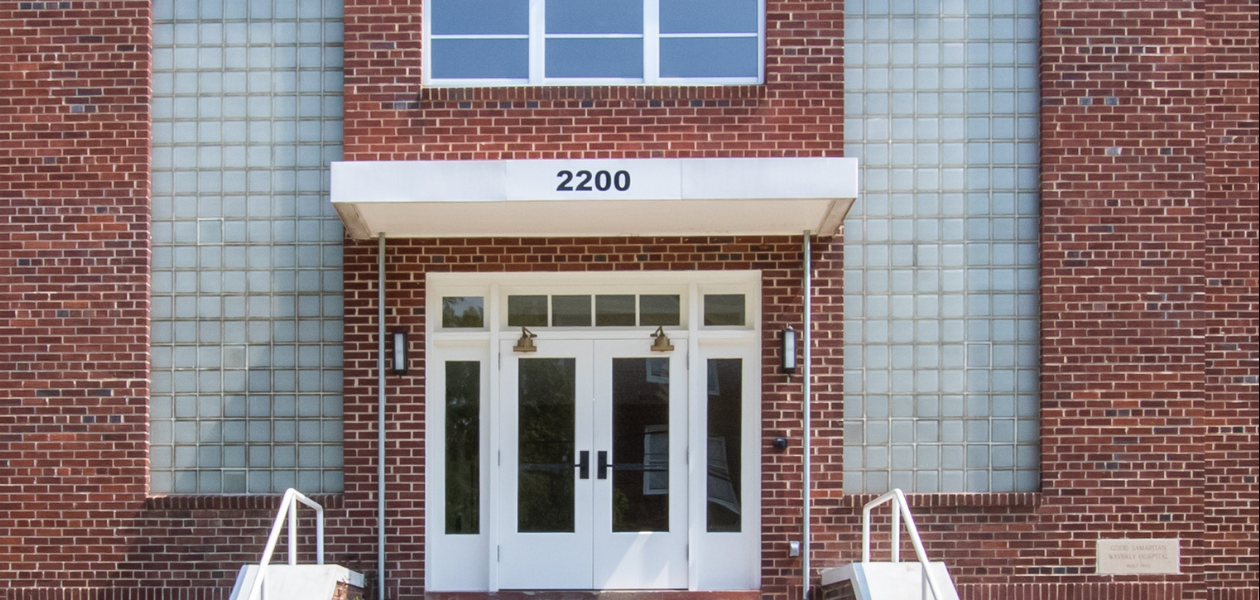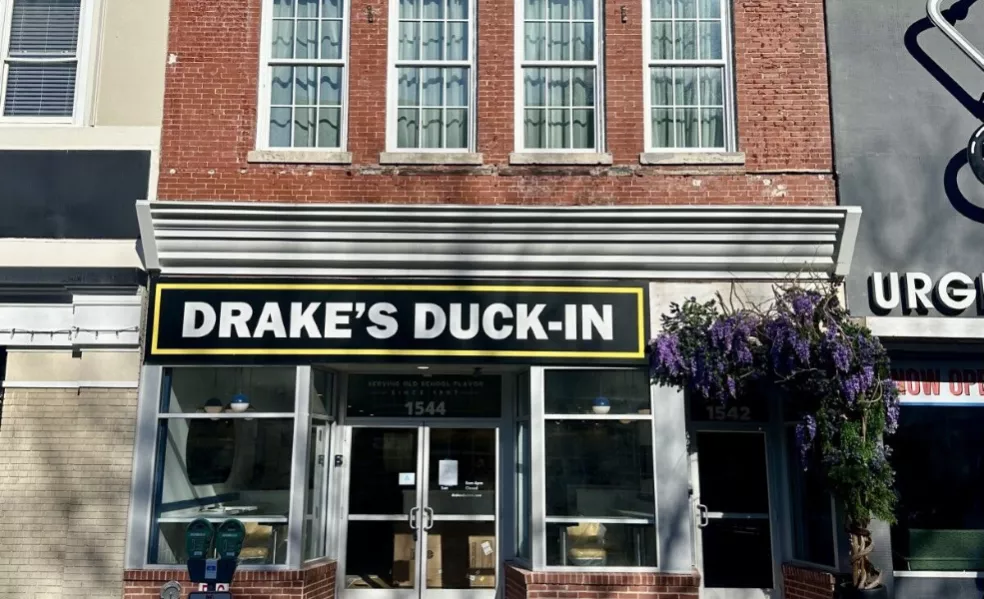2024 Preservation Awards | Good Samaritan-Waverly Hospital
Thursday, May 16th 2024
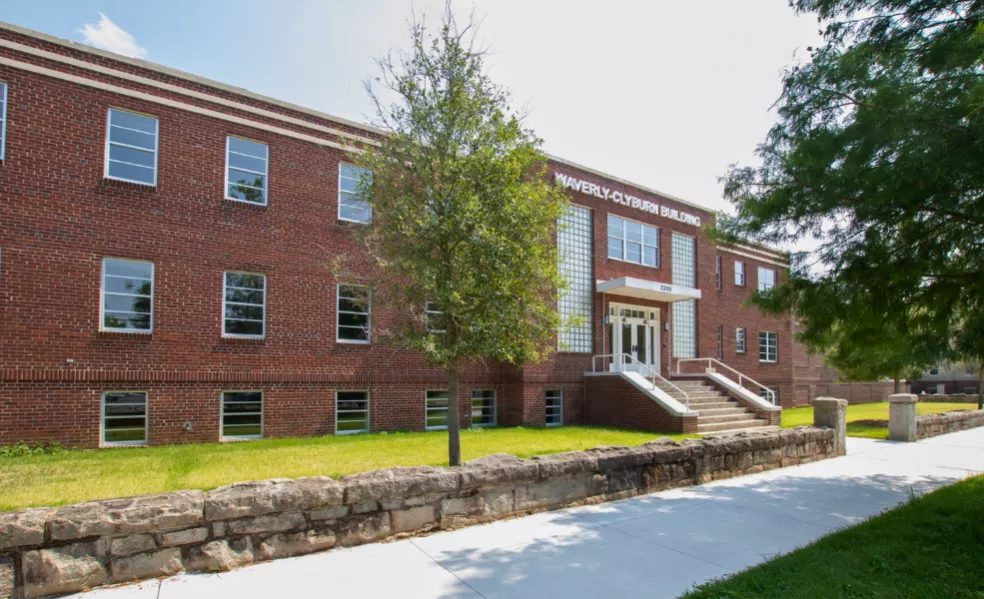
WINNER | Preservation, Rehabilitation, or Restoration (commercial, institutional, rental, or municipal)
Good Samaritan-Waverly Hospital | 2204 Hampton Street
Allen University — Property Owner
GMK Associates Architectural Division, Inc. — Architect
GMK Associates Design - Build Division, Inc. — Contractor
Crescent Growth Capital, LLC — Preservation Consultant
A state-of-the-art facility opened in 1952 as the first purpose-built hospital for Columbia’s Black community, Good Samaritan-Waverly Hospital operated until 1973. As a remarkable statement of resilience and perseverance during the Jim Crow era, the property received recognition by the Department of the Interior, which added it to the National Register of Historic Places in 2008. Despite this distinction, the nearly 20,000 square-foot landmark property remained gutted and windowless, languishing for years as it awaited rehabilitation.
That long-awaited rehabilitation occurred more than a decade later as owner Allen University worked with various stakeholders and partners, including the Boeing Company, which pledged $1.5 million for the transformation of the historic building into a center housing an “Institute for Civility” and special exhibits highlighting Black leadership in the community and state. Rehabilitation work involved abatement of hazardous materials, installation of new windows and mechanical, electrical, and plumbing infrastructure, complete interior renovation, and the construction of a 4,675-square-foot addition housing an auditorium, classroom, and office space.
Fifty years after the hospital last closed its doors, Good Samaritan-Waverly again thrives as an integral component of the historic neighborhood in which it was founded.
Before & After
Images courtesy GMK Associates, Inc.
Explore the
Economic Impact Study
This study's findings reinforce our long-held position on the importance of historic preservation for the city's economy and support our work advocating for policies that encourage preservation and the reuse of historic buildings. Columbia’s architectural heritage is not simply an exercise in nostalgia; it is an informed, strategic investment in the future.
Check out some of the other 2024 Preservation Award recipients:

2024 Preservation Awards | Longstreet Theatre
Originally called College Hall at its completion in 1855, Longstreet Theatre ranks among Columbia’s most iconic historic buildings and is arguably one of the best examples of Greek Revival architecture in the capital city. For nearly 170 years, the temple-like landmark building has served as a Civil War military hospital, a Reconstruction-era arsenal and armory, science classrooms and laboratories, a gymnasium, and, since 1977, as a theatre in the round.
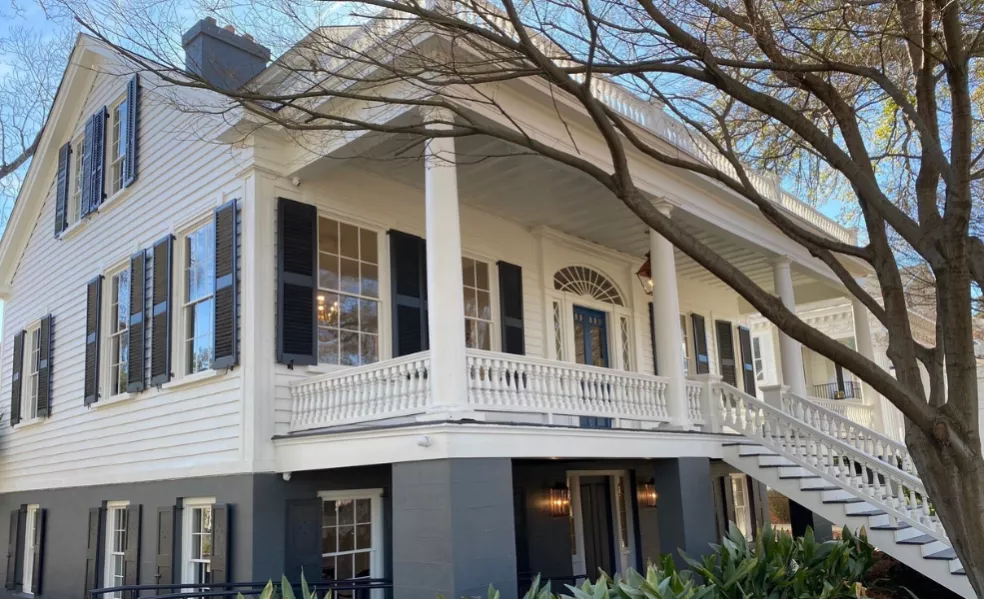
2024 Preservation Awards | Maxcy Gregg House
Appreciating the value that historic buildings provide as unique work environments, owners Todd Avant and Mullins McLeod acquired this ca.-1841 former residence, which had fallen into disrepair following years of commercial use. One of Columbia’s oldest former residences, the antebellum property required extensive exterior, interior, and site work—rehabilitation guided by the State Historic Preservation Office and the National Park Service to qualify for historic tax credits and the Bailey Bill tax abatement.

2024 Preservation Awards | Morgan Hall
Listed in the National Register of Historic Places in 1987 as a contributing building within the Benedict College Historic District, Morgan Hall bears the distinction of being the HBCU campus’s first separate facility intended as the president’s residence. Erected in 1895, the Queen Anne style, three-story building marked a notable achievement in the development of Benedict 25 years after the institution’s founding as one of the earliest Black colleges in the South during Reconstruction.
